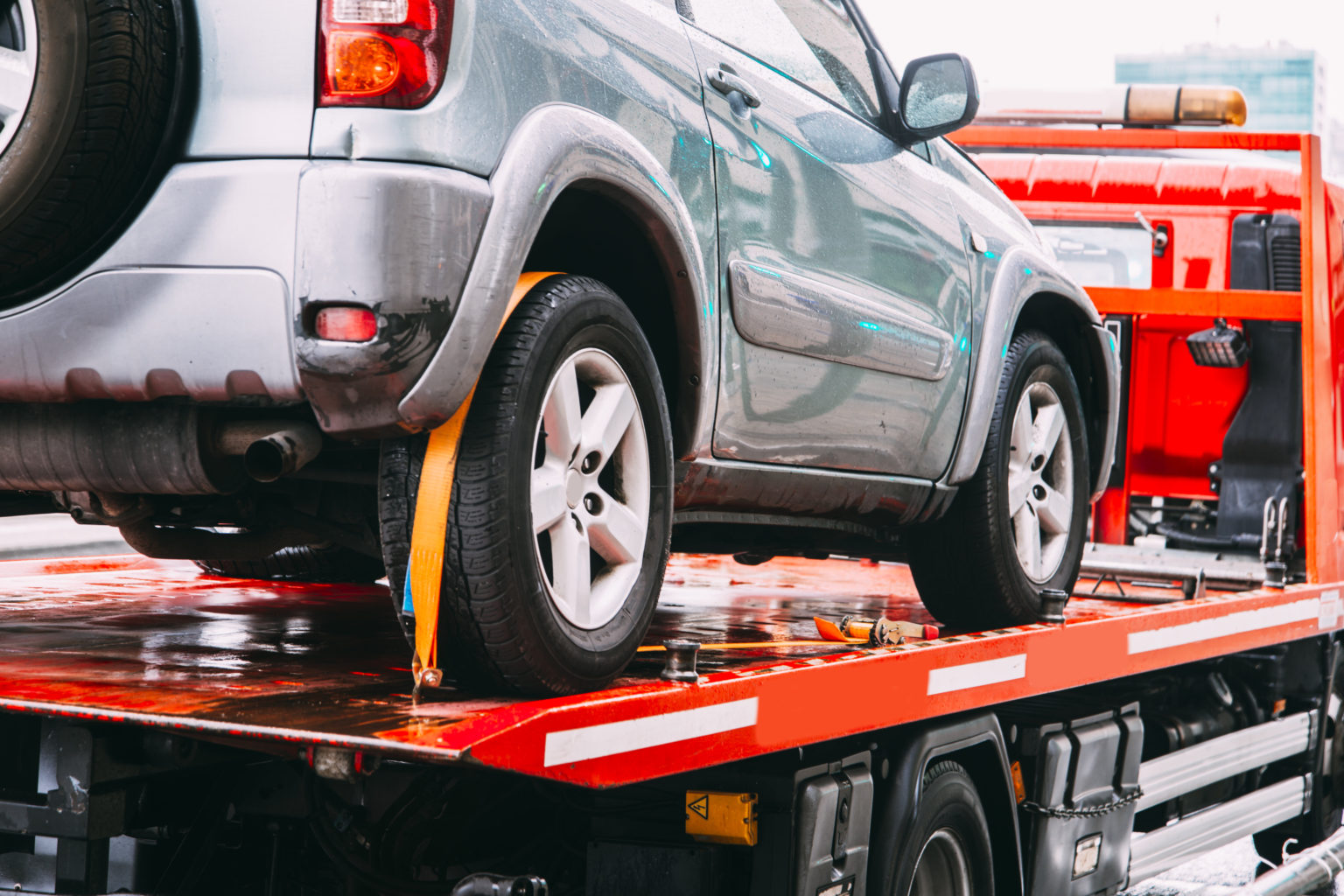Data from 65 million U.S. drivers has revealed when and where they are most likely to need roadside assistance. Agero, one of the largest providers of roadside assistance in the country, for companies including Toyota, Ford, and Progressive, conducted extensive quantitative and qualitative research and analysis to detail what a typical call for help looks like outside of a traditional crash scenario. These are the results.
Breakdowns can come in multiples.
Of the respondents who experienced a breakdown in the last six months, nearly two-thirds of those under 35 years old reported experiencing two or more breakdown events, while just 40 percent of those over 35 experienced two or more.
It almost always happens on a weekday.
While one might assume a breakdown is most likely to occur during a long drive, like a summer or holiday road trip, this happens just four percent of the time. Instead, over 75 percent of breakdowns occur during the daytime and roughly 70 percent happen on weekdays – causing major inconvenience when you’re about use the car to run errands (42 percent) or commute to or from work (25 percent).
Most incidents happen close to home.
Everyone’s worst case scenario is being left stranded on the side of a highway. But as it turns out, this happens just 13 percent of the time. A calmer neighborhood street is the much more likely location, occurring almost a quarter of the time (22 percent). And, the chance of a breakdown happening while driving vs. parked is an even 50-50 split, with a significant portion of respondents at home (26 percent) or in a parking lot (25 percent) when their issue occurred. Overall, roughly 80 percent of events occur within 30 minutes of home.
Most incidents also happen while drivers are alone.
The natural tendency is to worry about being stranded with our kids in the car. Fortunately, this is often not the case. Over half of events (53 percent) occurred with no other passengers in the car. Other adults and children are present just 13 percent of the time, while drivers reported having only kids in the car for eight percent of events.
Most incidents don’t require a tow truck.
A full 75 percent of the time, the event doesn’t require a tow, and is instead a caused by a dead battery (24 percent), flat tire (23 percent), lockout (12 percent), out of fuel (10 percent) or stuck in a ditch, mud, etc. (5 percent). A tow is required just 25 percent of the time due to a mechanical problem (17 percent) or flat tire with no spare available (8 percent).
Spare tires are becoming increasingly less common as standard equipment in vehicles so it will be interesting to see how these numbers change over time. If you’re not 100 percent sure if your vehicle has a spare tire and the proper equipment to change the tire, now’s the time to check.
About half of vehicles on the road have an incident by the time they get to be eight years old.
Perhaps not surprisingly, vehicle age can play a role in the likelihood of a breakdown. In recent years, roughly 10 percent of cars two years old or less have had a breakdown. But the likelihood begins to spike after that, with approximately 30 percent of cars experiencing a breakdown by the time they are four years old and half experiencing such an event by the time they are eight years old.








